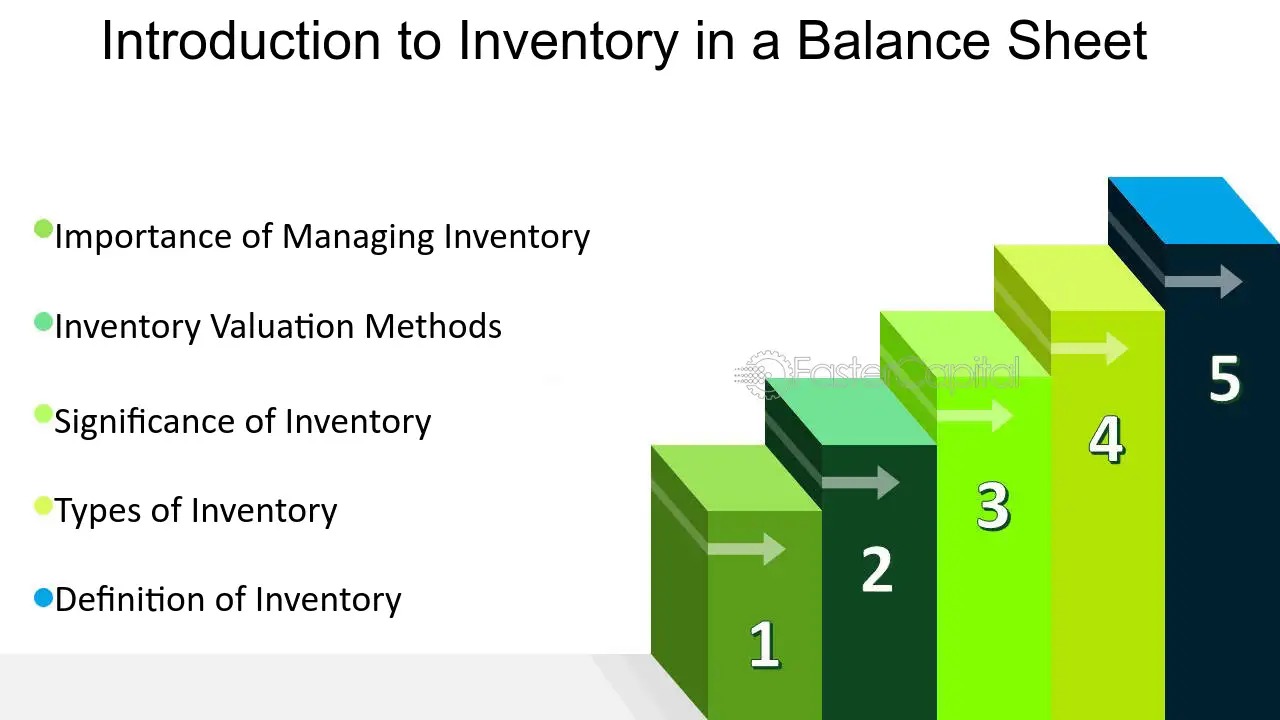Home>Finance>Target Market: Definition, Purpose, Examples, Market Segments


Finance
Target Market: Definition, Purpose, Examples, Market Segments
Published: February 6, 2024
Discover the importance of defining your target market in finance with examples and market segments. Understand the purpose of target market identification for successful financial strategies.
(Many of the links in this article redirect to a specific reviewed product. Your purchase of these products through affiliate links helps to generate commission for LiveWell, at no extra cost. Learn more)
Target Market: Definition, Purpose, Examples, Market Segments
Understanding your target market is crucial for any business, especially in the world of finance. By identifying and analyzing your target market, you can tailor your products and services to meet the specific needs and preferences of your customers. In this blog post, we will explore the definition and purpose of a target market, provide examples of different target markets in the finance industry, and discuss how market segmentation can help you better serve your customers.
Key Takeaways:
- A target market is a specific group of individuals or businesses that share common characteristics and are more likely to be interested in the products or services your business offers.
- Identifying your target market allows you to create marketing strategies, develop relevant products or services, and improve customer satisfaction.
What is a Target Market?
A target market refers to a specific group of individuals or businesses that share common characteristics and are more likely to be interested in your products or services. These characteristics may include demographic factors such as age, gender, income, education, or geographic location. Additionally, psychographic factors like interests, values, and lifestyle choices are also important considerations in defining a target market.
Understanding your target market is essential because it helps you focus your marketing efforts and resources on those who are most likely to become your customers. By tailoring your messaging and offerings to the needs and preferences of your target market, you can increase your chances of capturing their attention and converting them into loyal customers.
Examples of Target Markets in Finance
Finance is a broad industry that encompasses various sectors and caters to diverse customer needs. Here are a few examples of target markets within the finance industry:
- Youthful Investors: Targeting younger individuals who are just starting their careers and building wealth. This group may have a higher risk tolerance and be interested in investment opportunities with the potential for significant returns.
- Retirees: Targeting individuals who have retired or are approaching retirement age and focus on preserving their capital and generating stable income. This group may be interested in low-risk investment options and financial planning services.
- Small Business Owners: Targeting entrepreneurs and small business owners who require financial solutions tailored to their unique challenges and goals. This group may be interested in business loans, cash management services, and tax planning strategies.
- High-Net-Worth Individuals: Targeting individuals with significant financial resources and complex wealth management needs. This group may require sophisticated investment strategies, estate planning services, and family office support.
Market Segmentation: Better Serving Your Customers
Market segmentation is the process of dividing a target market into distinct groups based on shared characteristics or needs. By segmenting your target market, you can develop more targeted marketing strategies, tailor your products or services to specific segments, and improve customer satisfaction.
Market segmentation allows you to better understand your customers and their unique needs, enabling you to deliver personalized solutions. For example, if you identify a segment of your target market that values sustainable investing, you can develop investment products or strategies that align with their values.
Effective market segmentation can also help you identify new opportunities for growth. By analyzing different segments within your target market, you may uncover untapped customer needs or identify niche markets that are not adequately served by existing financial institutions.
In Conclusion
Understanding your target market is vital for success in the finance industry. By defining your target market, you can tailor your marketing efforts, develop relevant products or services, and improve customer satisfaction. Remember, market segmentation can further enhance your understanding of your customers and help you identify new growth opportunities. So take the time to analyze your target market, and watch your business thrive in the competitive finance industry.














